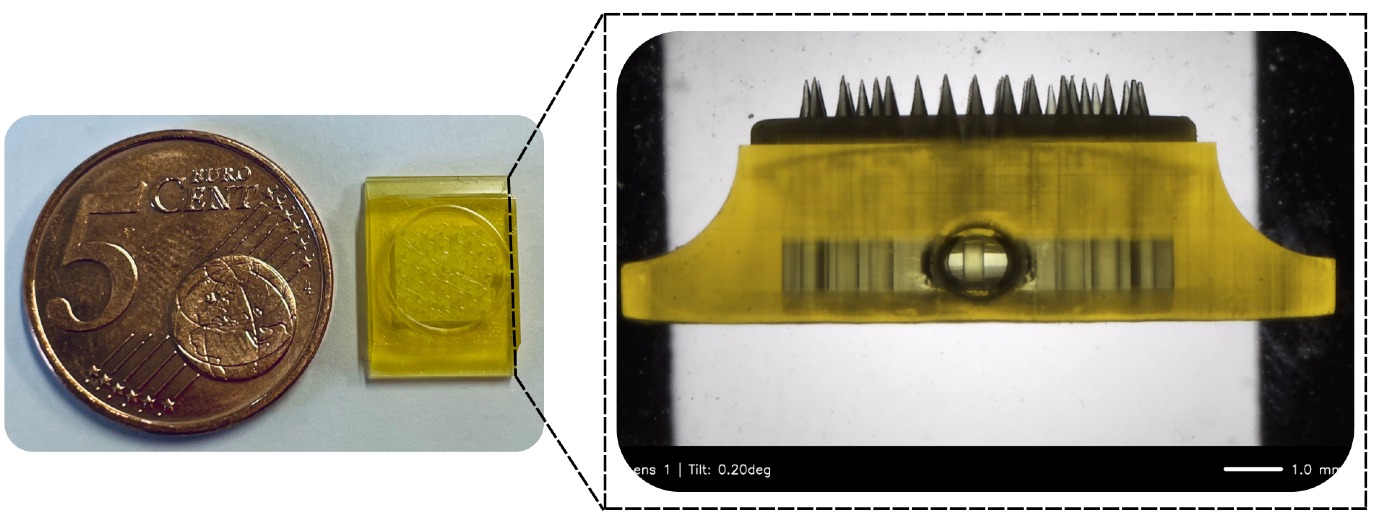Multimodal biosensing targeting tattooable electrodes and electrochemical systems

Multimodal biosensing – using multiple types of sensors to capture different biological signals – has rapidly advanced in recent years, especially in the fields of wearable and implantable health technologies. These systems can provide a more complete picture of the body’s physiological state by simultaneously monitoring various signals such as brain activity, muscle movement, hormone levels, and cardiovascular function.
Recent developments have combined sensors like EEG (brain activity), EMG (muscle activity), ECG (heart activity), and temperature sensing into single systems to improve the diagnosis, monitoring, and understanding of complex health conditions. One particularly promising application is in monitoring stress – a biological process that triggers both neurological and hormonal responses, including the release of cortisol, the key stress hormone.
The present research is focused on developing a novel multimodal biosensing platform that integrates two key components:
1. Electrochemical cortisol monitoring via microneedles: Investigating the use of microneedle-based systems to extract interstitial fluid (a minimally invasive method) for continuous cortisol measurement using electrochemical sensors. These systems have the potential to provide real-time stress monitoring in a way that is more practical and accurate than traditional methods like saliva or blood testing.
2. Tattooable electrodes for physiological signal acquisition Exploring the fabrication and application of ultra-thin, skin-conforming electrodes using aerosol jet printing. These tattooable electrodes will be designed to non-invasively measure signals such as EEG, EMG, and ECG, offering greater comfort, usability, and long-term wearability compared to traditional gel-based electrodes.
Together, these technologies will be developed and evaluated to create a more integrated approach to health monitoring. Beyond stress, this system could be extended to stress-related neurological conditions where brain activity and hormonal changes are relevant. Additionally, the tattooable electrode arrays may be applied to human-machine interfaces, such as improving the control of bionic limbs using dense EMG sensor arrays.
This project is part of the broader efforts of the Bio-inspired MEMS and Biomedical Devices (BMBD) research unit, which is working to design next-generation biosensors for wearable, implantable, and assistive technologies.

